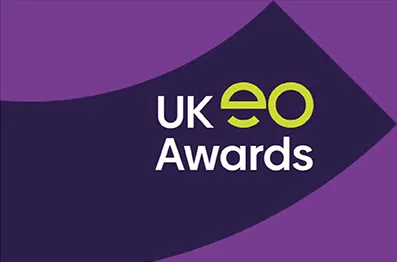Considerations for Establishing an EOT
Alignment of Values
Before embarking on the EOT journey, consider whether employee ownership aligns with your company’s values, culture, and long-term objectives. Assess the potential benefits and challenges specific to your business.
Employee Buy-In
It’s crucial to gauge the interest and commitment of your employees in becoming owners. Engage in open and transparent communication to ensure a shared vision and a smooth transition.
Legal and Financial Advice
Seek expert advice from lawyers, accountants, and EOT specialists who can guide you through the legal and financial aspects of establishing an EOT. They will help you understand the implications and requirements unique to your jurisdiction.
Management Incentives
It is important to consider how key employees or directors will be incentivised. This may include mechanisms such as a director bonus pool, growth shares or similar mechanisms.
Financial Forecasting
An important consideration when considering an EOT is the mechanism by which the Seller is to be paid. It is common that Sellers are paid on a deferred payment through the profits of the Company however it may also be possible for the Company to raise finance to fund some or all of the purchase price. The repayment profile of the deal needs to be adequately forecasted, whether this for deferred payments or repayment of any finance obtained.
Carrying Out Due Diligence
Financial Assessment
Conduct a thorough financial analysis of your business to determine its current value and financial viability. This assessment will provide a foundation for negotiations and the eventual sale to the EOT. An independent valuation will be required as this will be necessary for presentation to HMRC for tax clearance.
Legal Review
Engage legal professionals experienced in EOT transactions to review your company’s legal structure, contracts, and agreements. They will ensure compliance with relevant regulations and help navigate any potential legal hurdles.
Employee Engagement
Foster open and honest dialogue with your employees. Communicate the benefits, opportunities, and responsibilities that come with employee ownership. Address any concerns and ensure their active participation in the due diligence process.
Key Steps in Establishing an EOT
Structuring the EOT
Work with legal and financial professionals to determine the most appropriate structure for your EOT. This involves defining the trust's objectives, governance, and shareholding arrangements.
Share Valuation
Engage independent valuers to determine the fair value of your business shares. This valuation will guide the negotiations and ensure a fair and equitable transfer of ownership.
Tax Clearance
It is necessary to apply to HMRC for approval of the EOT structure. This will include approval of the transaction value and that the Seller will qualify for the relief around Capital Gains Tax.
Negotiating the Sale
Initiate negotiations with the intended trustees of the EOT to agree on the sale terms, including the price, payment terms, and any additional conditions. Legal experts can assist in drafting the necessary documentation to formalise the transaction.
Trustee Appointment
Select suitable trustees who will oversee the trust's operations and represent the interests of both the employees and the business. Typically there are three forms of trustees, a board trustee, an employee trustee and an independent trustee. In addition, the Founders may be trustees whilst sums remain payable to the Sellers. Seek individuals with relevant expertise and a commitment to upholding the EOT's objectives and the values of the business.
Employee Ownership Transition
Facilitate a smooth transition by communicating the transfer of ownership to employees. Provide training and support to help them understand their new roles and responsibilities as owners.
You can find out more about how to become employee-owned by contacting our experts today.



